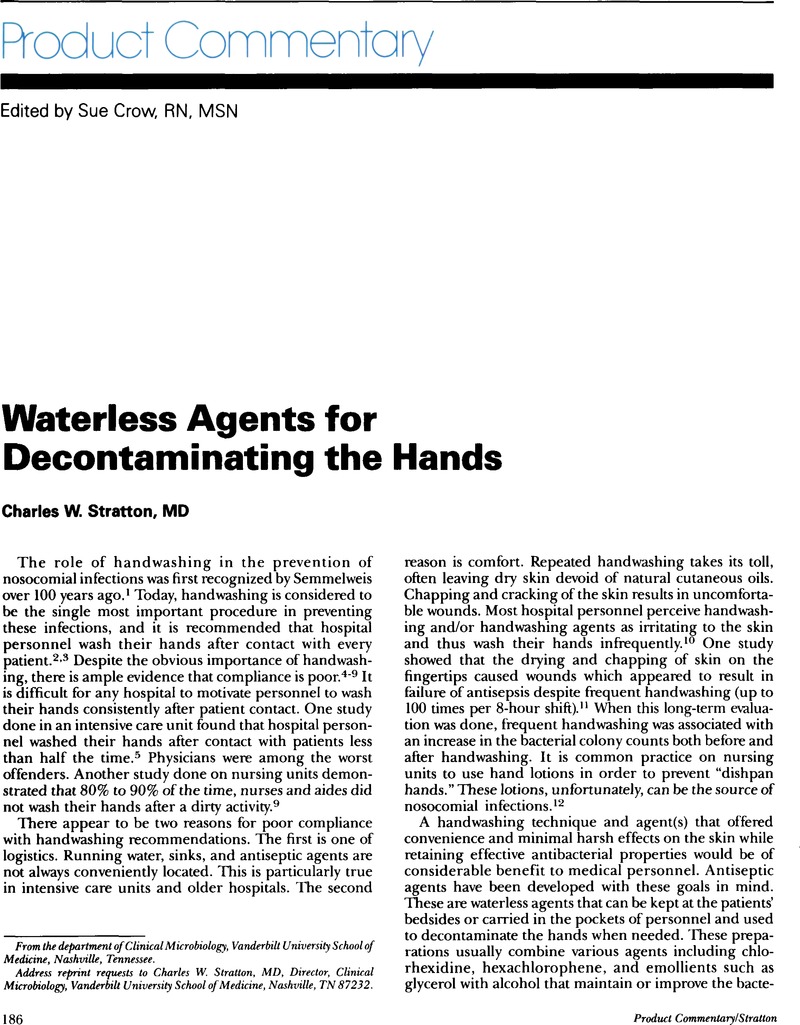Crossref Citations
This article has been cited by the following publications. This list is generated based on data provided by Crossref.
Lee Ford-Jones, E.
1989.
Topical antiseptics.
Clinics in Dermatology,
Vol. 7,
Issue. 3,
p.
142.
Simmons, Bryan
Trusler, Martha
Roccaforte, Jane
Smith, Philip
and
Scott, Rebecca
1990.
Infection Control for Home Health.
Infection Control and Hospital Epidemiology,
Vol. 11,
Issue. 7,
p.
362.
Saville, Charis R.
Metris, Aline
Humphreys, Gavin J.
O’Neill, Catherine
Barrett, Paul
Fernandez-Piquer, Judith
McBain, Andrew J.
and
Fey, Paul D.
2022.
Transitory Shifts in Skin Microbiota Composition and Reductions in Bacterial Load and Psoriasin following Ethanol Perturbation.
mSphere,
Vol. 7,
Issue. 4,





